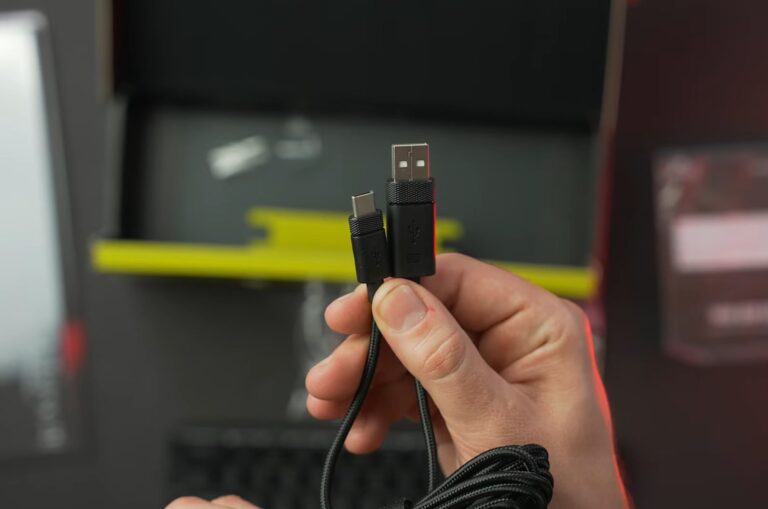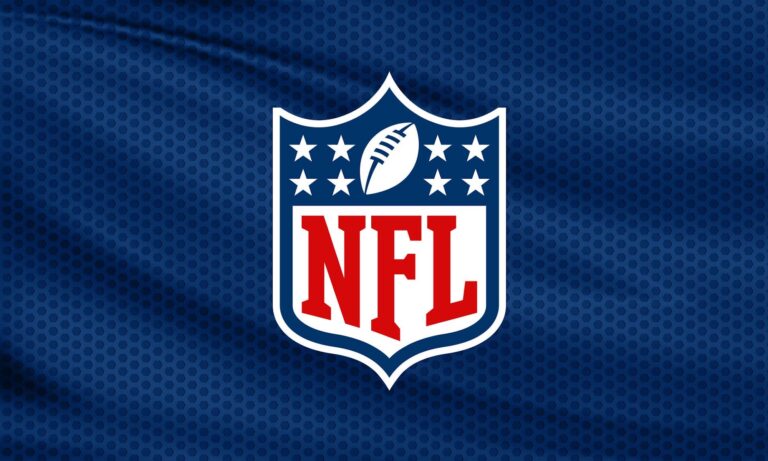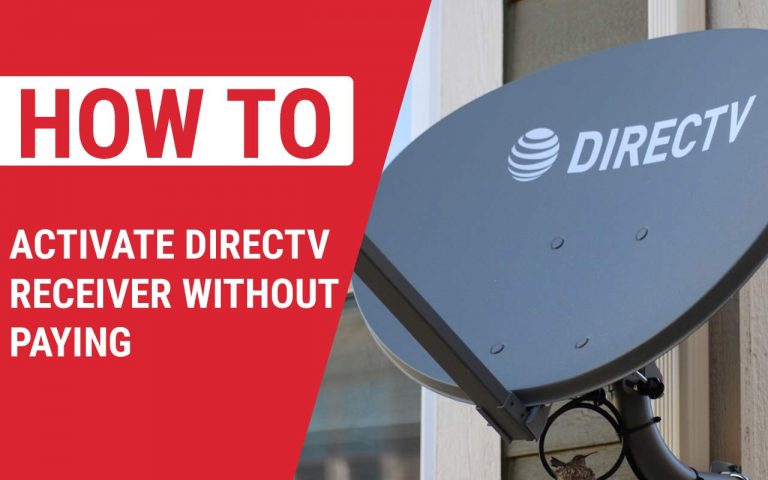How to Connect 4 TVs into One Screen – Easy Guide
Last Updated on November 3, 2023 by Jhonni Jets

Connecting multiple televisions together to create one large unified display can be an impressive and useful home theater setup. By hooking up 4 TVs correctly, you can enjoy a jumbo-sized screen spanning all 4 displays in unison. This allows you to view content like movies, sports, and gaming on an extra-large scale.
Configuring 4 TVs into a single screen takes some specific equipment, careful positioning, and proper cabling. In this comprehensive guide, we’ll cover how to connect 4 TVs together to make one giant display.
Table of Content
We’ll outline what gear you’ll need, provide a step-by-step hookup guide, offer display configuration tips, and troubleshoot common issues. Follow these instructions and you’ll have an awesome 4-TV video wall working seamlessly.
Equipment Needed
To connect 4 displays into one screen, you’ll need:
- 4 identical TVs with multiple HDMI inputs
- 1 Video wall controller
- High-speed HDMI cables
- Surge protector power strip
- Mounting system (optional)
Having these items will allow you to link the TVs and consolidate the video output into a unified display grid.
Step-by-Step Hookup Guide
Follow these steps to connect 4 TVs:
1. Arrange the TVs
- Place the 4 TVs side-by-side in a square grid pattern.
- Keep TVs close with minimal bezels showing for a unified image.
- Ensure TVs are level and firmly in position. Use mounts if needed.
2. Connect the video wall controller
- Connect an HDMI cable from each TV’s ARC/HDMI port to the controller’s output ports.
- Use HDMI ports 1-4 on the controller for the respective TVs.
3. Connect power
- Connect all 4 TVs and the controller to a surge protector power strip.
- Turn on each TV and the controller using the power strip.
4. Configure the controller
- Set the controller to 4-screen video wall mode per its instructions.
- Select the grid pattern that matches your TV arrangement.
- Enable auto-numbering to assign ID numbers to each TV.
The controller will now combine the 4 displays into a unified output.
Display Configuration Tips
Follow these tips for best results:
- Set all 4 TVs to the same AV mode and picture settings for even image quality.
- Adjust bezels in the controller configuration so images align properly.
- Wall mount the TVs at the same height and angle for optimal continuity.
- Use the controller remote to make adjustments versus the TV remotes.
- Enable auto-numbering and overlays to easily identify the separate displays.
- Set the combined resolution in Windows, Mac, or other connected device settings.
Taking steps like these will help optimize the synchronized 4-TV display.
Troubleshooting Issues
If you encounter problems:
- Make sure HDMI cables are firmly connected between TVs and controller.
- Try swapping cables or using new ones if issues persist on certain displays.
- Restart the controller and TVs if displays aren’t detecting or syncing correctly.
- Verify correct input selection on each TV matched to controller ports.
- Check for controller firmware updates to ensure maximum compatibility.
- Adjust overlap percentage in controller settings if image alignment needs fine tuning.
- Contact tech support for the controller model if activation problems occur.
Going through some standard troubleshooting can resolve most display connection issues.
Conclusion
Hooking up 4 televisions into one giant screen takes the right gear, strategic positioning, and controller configuration but delivers an incredibly immersive viewing experience. Arrange the screens evenly, connect them to a video wall controller with HDMI cables, configure the display output, and optimize settings for best results. Keep some basic troubleshooting tips in mind just in case. With the TVs synced correctly, you can enjoy a super-sized video wall perfect for sports, gaming, and home theater.







